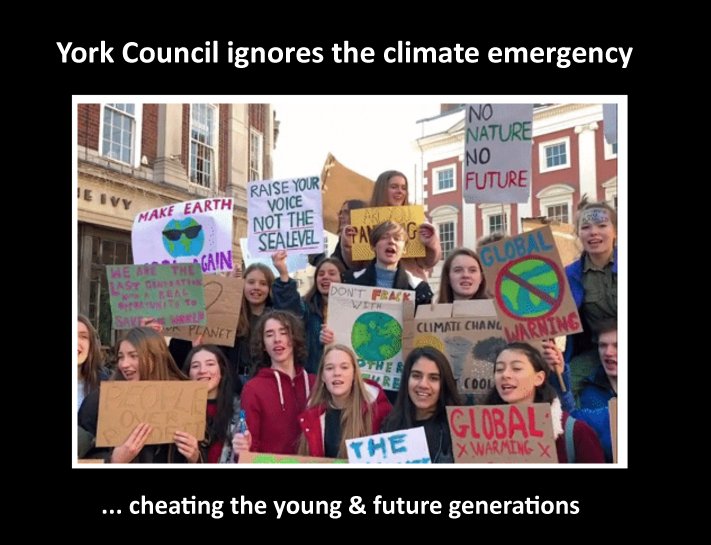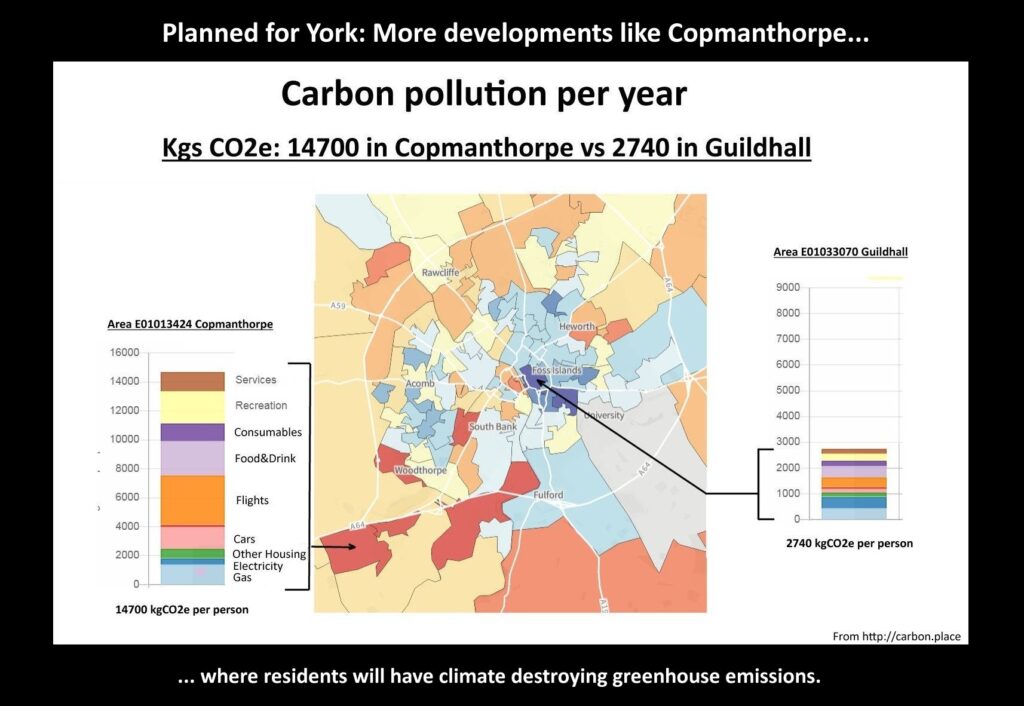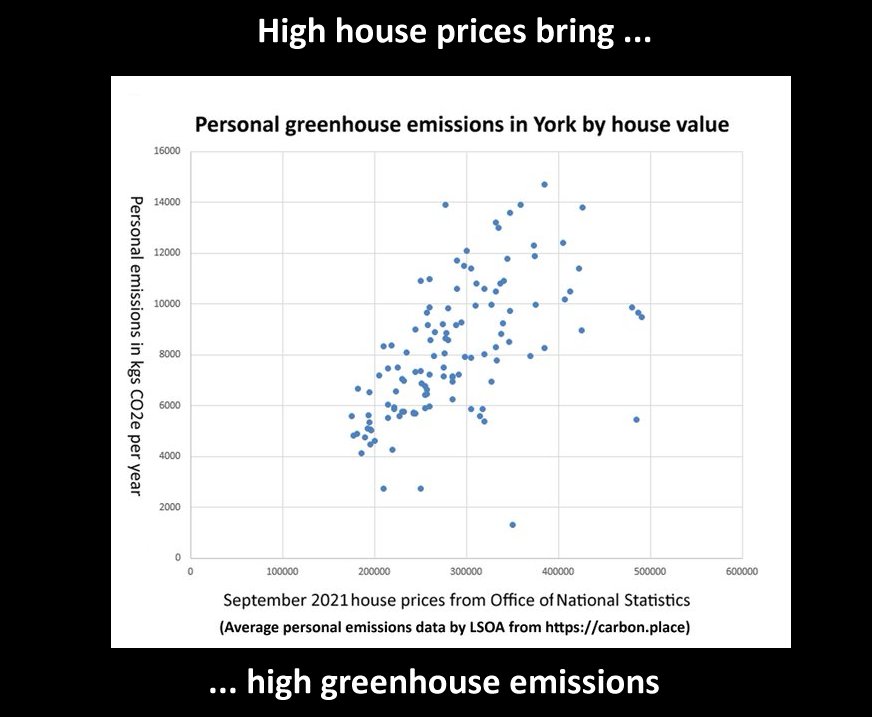York plans will ruin the climate & exile the poor
After COP27, we now know the climate crisis is worsening. We see the starved in Somalia and drowned in Pakistan, along with the enormous toll on the natural world. Unfortunately, our comforts and livelihoods depend on the greenhouse gas emissions, which cause this catastrophe. We all know it will get worse, probably disastrously, ruining the lives of our brothers and sisters in foreign lands, our grandchildren’s children and their children’s children. Although we know this, we choose our current comforts over theirs.

Video: ‘We are the future’ – Striking students bring climate change campaign to streets
In 2019 York Council passed a resolution declaring a climate emergency after demonstrations by York’s young. It has been backtracking since. However, it did commission a report led by Professor Gouldson from Leeds University, which estimated York’s ‘fair remaining carbon budget’.
The remaining carbon budget is a measure of the amount of greenhouse gases that can be released worldwide before we hit dangerous climate change. In Professor Gouldson’s report, York’s fair share of this budget was estimated to be just under 50 tonnes CO2e per citizen – from the beginning of 2020. In York, our personal emissions are above the World average and will exhaust this fair remaining carbon budget in 3.4 years time.
Since the declaration of a climate emergency York Council has abandoned the 2019 declaration, without admitting it. The council even claims that “York recognises its place as a leader on climate action.” To hide the abandonment, York Council’s counts only about half of the emissions we cause. For example, York Council does not count emissions from flying – because there is no local airport.
Neither does York Council acknowledge (yet?) that some areas of York have much higher emissions than others. The differences are stark. The highest personal emissions are in part of Copmanthorpe, where they are 14.7 tonnes CO2e per year, which will exhaust their fair personal carbon budget next April. According to the website carbon.place the emissions in this area are five times those in some parts of the City Centre.

York Council may be reluctant to concede that lifestyles in Copmanthorpe are climate destroying because the York Local Plan includes similar developments. These planned developments will mostly be for expensive houses. With expensive houses come high greenhouse emissions:

In York it is almost impossible for those with modest incomes to get on the housing ladder. Here house prices are higher than other towns in the region such as Sheffield and Leeds and much higher than Hull, Doncaster and Bradford. The average house price in Hull is about half compared to one in York.
In addition, renting is becoming much more expensive. YorkMix has “revealed that York is the least affordable city in Yorkshire to rent a home – with prices going up by 10.2% in a year.”
The Department of Levelling Up seems to take the affordability of housing seriously and has encouraged local authorities to plan for more house building to bring prices down. Their White Paper says “The current planning system enables some developers to benefit disproportionately and unfairly from the land they develop.” The root of this “disproportionate benefit” is driven by the shortage of building land.
This shortage is not a shortage of land per se. The shortage is for land with planning permission – that is available for housing and not hoarded by developers. As there is plenty of undeveloped land around York, the shortage boils down to a shortage of planning permission.
This leads to a shocking example: In York, if you owned a plot of land worth £500 at agricultural prices, its value would increase by between £100,000 to £200,000 if planning permission were granted to build a house. This is planning gain – the main source of the disproportionate profits of the developers.
In planning for too few new houses, the York Local Plan will continue to keep house prices much higher than other towns in the region. York Council have excused their poor plans for house building because “housing land is in the control of a small number of commercial house builders”. However, the Council is unwilling to say who these house builders are. To the Council they remain anonymous.
Other factors driving up house prices in York are the increasing number of short holiday lets and properties being sold to overseas buyers as investments, which may remain unoccupied. These have not been adequately factored into assessments of housing need in York’s Local Plan.
York’s housing has become unaffordable for lower and middle income earners.
Many of the lower paid will be driven out of York.
Perhaps it suits the Council’s to squeeze the lower paid out of York and continue its transition from a blue collar city, with jobs in factories, (like Rowntrees, British Sugar, Redfern National Glass, Terrys, the Carriage Works) to a white collar town centred around the Universities. The house prices certainly suit the “anonymous” commercial house builders.
In short, York Council plans will ruin the climate and exile the poor.
